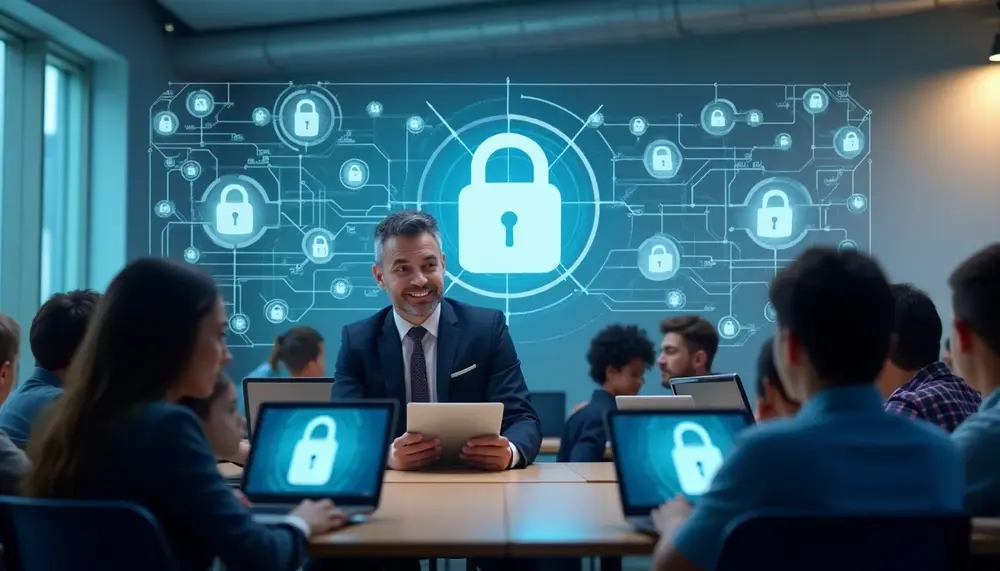Table of Contents:
Blockchain Technology in Education: Opportunities and Challenges
According to Freeths, the education sector is increasingly data-rich, with a growing need for secure, accessible, and trustworthy data management. Blockchain technology has become an integral part of this landscape, offering solutions for managing sensitive information such as pupil records, lifelong achievement documentation, and safeguarding data sharing. The technology's core strength lies in its ability to provide an immutable, distributed ledger, ensuring that records are tamper-proof and verifiable.
Freeths highlights several current applications of blockchain in education, including:
- Records management on widely used base systems for education providers
- Verification of awards and certifications, such as MIT's use of blockcerts for digital qualifications
- Identity and access control through self-sovereign identity (SSI), allowing users to manage their credentials securely
- Integration of records, exemplified by DocuSign's use of Ethereum for recording agreement signatures
- Development of smart contracts for automated transactions, though this area still faces security challenges
The article also notes that while blockchain offers enhanced security and transparency, its deployment in education must be carefully managed due to the sensitivity of personal and performance data. Legal and regulatory frameworks have not kept pace with technological advancements, so institutions must rely on existing data privacy, information security, and procurement best practices. Key considerations include disaster recovery, business continuity, and clear contractual obligations regarding information security and liability.
| Key Blockchain Applications in Education | Examples |
|---|---|
| Records Management | Base systems for education providers |
| Credential Verification | MIT's blockcerts |
| Identity Management | Self-sovereign identity (SSI) |
| Records Integration | DocuSign with Ethereum |
| Smart Contracts | Automated transactions (ongoing development) |
Summary Box:
Freeths emphasizes that blockchain is already shaping the education sector by improving data security, record management, and credential verification. However, institutions must maintain disciplined technology assurance and adhere to best practices in procurement and contracting to mitigate risks.
Source: Freeths, "Education & technology: blockchain | Commercial Education"
AI and Machine Learning in Blockchain Security: Enhancing or Threatening Decentralization?
Analytics Insight explores the intersection of artificial intelligence (AI), machine learning (ML), and blockchain security, noting that while AI can enhance blockchain security through automation and advanced threat detection, it also introduces risks to decentralization. The report details how decentralized machine learning methods, such as federated learning, distribute model training across multiple nodes, improving privacy and resilience. Blockchain further adds trust, traceability, and automation, making it possible to securely interact with untrusted parties.
The security architecture of blockchain relies on decentralization, cryptography, and consensus protocols. However, vulnerabilities remain, including smart contract bugs, Sybil attacks, and weaknesses in cross-chain bridges. The evolution of threats has shifted from centralized exchange hacks to on-chain logic exploits and DeFi protocol failures, with cross-chain bridges now being prime targets due to their centralized design flaws.
AI and ML are transforming blockchain security by enabling:
- Intelligent threat detection and automated response to anomalies
- Continuous monitoring of network behavior for protocol integrity
- Automated smart contract audits, reducing human error and accelerating deployment
However, the integration of AI into blockchain systems poses significant risks to decentralization. The development and governance of advanced AI models often require substantial resources, potentially centralizing power among major corporations. Algorithmic bias and lack of transparency in AI decision-making further conflict with blockchain's open and verifiable nature. The report stresses the need for open standards, community governance, and privacy-preserving techniques to align AI development with decentralized values.
| AI/ML Benefits in Blockchain | Risks to Decentralization |
|---|---|
| Automated threat detection | Centralization of AI governance |
| Protocol integrity monitoring | Algorithmic bias |
| Smart contract audit automation | Concentration of influence |
The article advocates for federated learning, privacy-preserving computation, and open-source frameworks to maintain decentralization. Decentralized Autonomous Organizations (DAOs) and community-led governance models are highlighted as effective strategies for distributing power and ensuring ethical AI development. Regulatory challenges persist, particularly in reconciling blockchain's immutability with privacy laws and managing the rapid evolution of autonomous AI agents.
"AI and blockchain are redefining digital ecosystems with a potent mix of enhanced security and new challenges. While AI strengthens blockchain with automation and smarter threat detection, it also raises critical concerns about power concentration and algorithmic transparency." — Analytics Insight
Summary Box:
Analytics Insight concludes that the convergence of AI and blockchain offers significant security benefits but also threatens decentralization through potential power concentration and lack of transparency. Open-source development, privacy-by-design, and community governance are essential to harnessing the benefits while mitigating the risks.
Source: Analytics Insight, "AI and Machine Learning in Blockchain Security: Enhancing or Threatening Decentralization?"
Sources:















